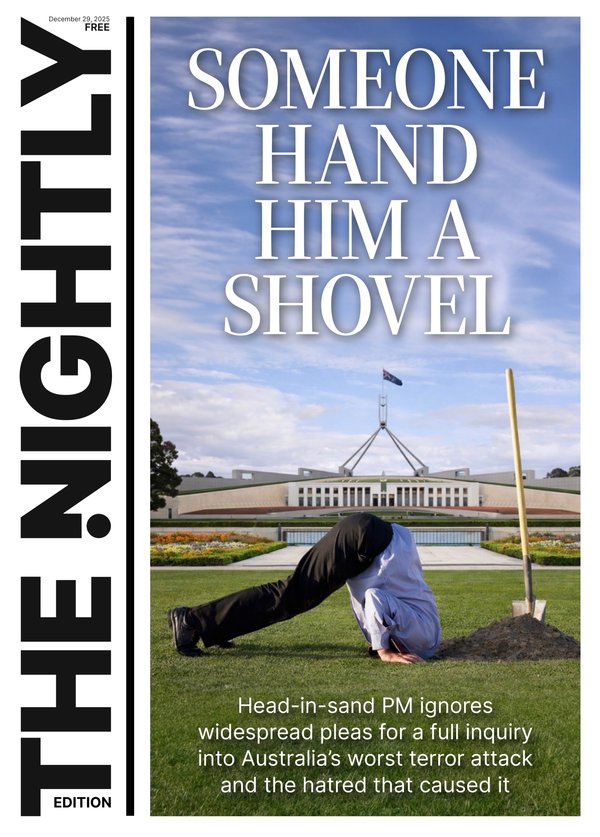Interest rates are on hold, is now the time to buy a property?
With the recent RBA decision to keep the cash rate at 4.35 per cent and therefore leave interest rates on hold, we can now look at how that might affect property prices.
There has always been a perception that an increase in interest rates has led to an easing of the property market, whilst a cut in rates generally causes prices to rise.
The reality is that there is a link between the rates decisions and property prices, but it is not as straightforward as “rates up, prices down” and vice versa.
Sign up to The Nightly's newsletters.
Get the first look at the digital newspaper, curated daily stories and breaking headlines delivered to your inbox.
By continuing you agree to our Terms and Privacy Policy.We saw an initial drop in the median sale prices upon the first increase in rates since 2010 in May 2022 from 0.1 to 0.35 per cent.
However, with the rates climbing up to 4.35 per cent, there hasn’t been much connection between the median sale price and the cash rate.
The housing market saw a solid rise in the median sale price from around September 2020 (Q3 2020) to approximately March 2022 (Q1 2022).
While the cash rate and subsequently interest rates were steadily dropping from June 2019, a 0.5 per cent drop in the cash rate in June 2020 aligns with the rise starting in September 2020.
However, there was also another disruption occurring at that time, COVID-19, and that obviously had a big impact on the entire economy.
One impact was that it led to an increase in savings for those who did not suffer from any job losses during the pandemic.
As a result, towards the end of 2020, prospective buyers had a higher deposit available to enable them to get into the property market.
There were also incentives from state governments to try and help re-invigorate their economies, such as the Victorian Government introducing a reduction in stamp duty for properties under $1 million from November 2020 to June 2021.
If we look further back to September 2008, which was during the Global Financial Crisis, we saw a significant drop in the cash rate, but we don’t see much correlation with the median sale price.
One reason could be that there is little connection between the cash rate and sale prices, or that the GFC was also holding people back from spending more on properties
The data is inconclusive that a rise or fall in interest rates leads to a change in property prices, but perhaps there is more of a correlation between steady rates and property prices.
As the RBA Governor Michelle Bullock stated after the latest cash rate decision, she does not see a rate decrease in the next 6 months.
Tim Lawless, Research Director for CoreLogic Asia Pacific, has highlighted that there is a correlation between stable rates and consumer sentiment, and an increase in consumer sentiment generally leads to an increase in property prices.
However, he also notes that we might not be seeing consumer sentiment rise on the back of the latest decision.
When is the time to buy?
Property, like many other economic categories, has cycles of peaks and troughs with periods of upturns, booms and slumps.
The ideal situation is to buy at the bottom of the trough before we see an upturn in values, but not too soon that the cycle is still slumping.
It is very difficult to know when we are at the bottom of the cycle, as it is not as simple as pointing to a graph and saying that is where we are in the cycle.
As a result, it can take a lot of research, time and dedication to fully comprehend the right time to buy, and even then, people can still get it wrong.
The key thing to note is that generally, property increases in value over time, especially if it has land.
Even during bad times such as the GFC, most properties would still see their values increase.
Does that mean the right time to buy is not when the market situation is perfect, but when the buyer’s situation is perfect? (note: we are only talking about owner-occupied properties here, not investment properties)
The graph below shows the average “time to buy” per state, which is how long it takes buyers to buy a property when they are actively attempting to buy.
As we saw during the end of our first COVID year, more and more people were on the market, driving up competition and increasing prices.
All these people were ready to buy and for them, it was the right time to buy, even if competition was at its hottest.
We have seen in the past year, housing supply dwindling, with demand increasing, not just for buying, but also for renting.
We will see an increase in the amount of properties on the market in spring, and that will also bring more people into the market looking to buy, increasing competition and likely pushing up prices.
Therefore, with a slightly softening property market and potentially stable, if high, interest rates, it seems like this is the time where if you can buy, you probably should.
This article was originally published on view.com.au.
